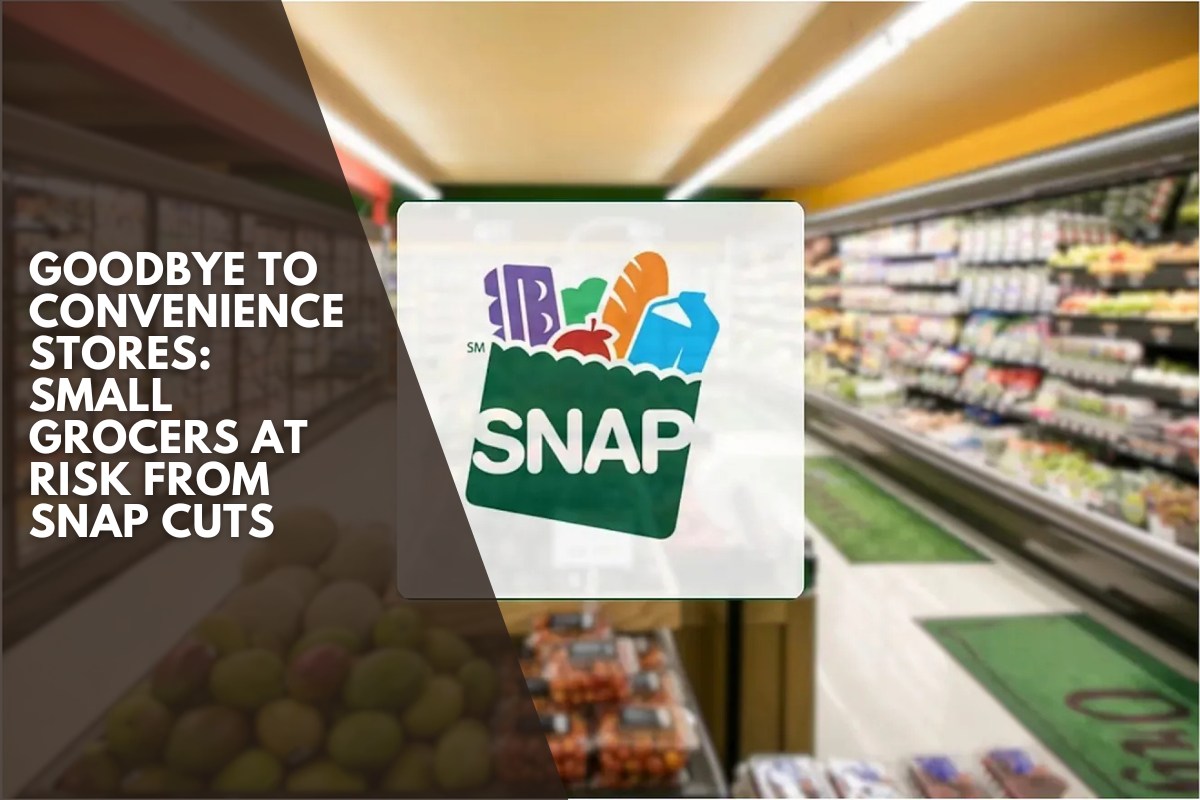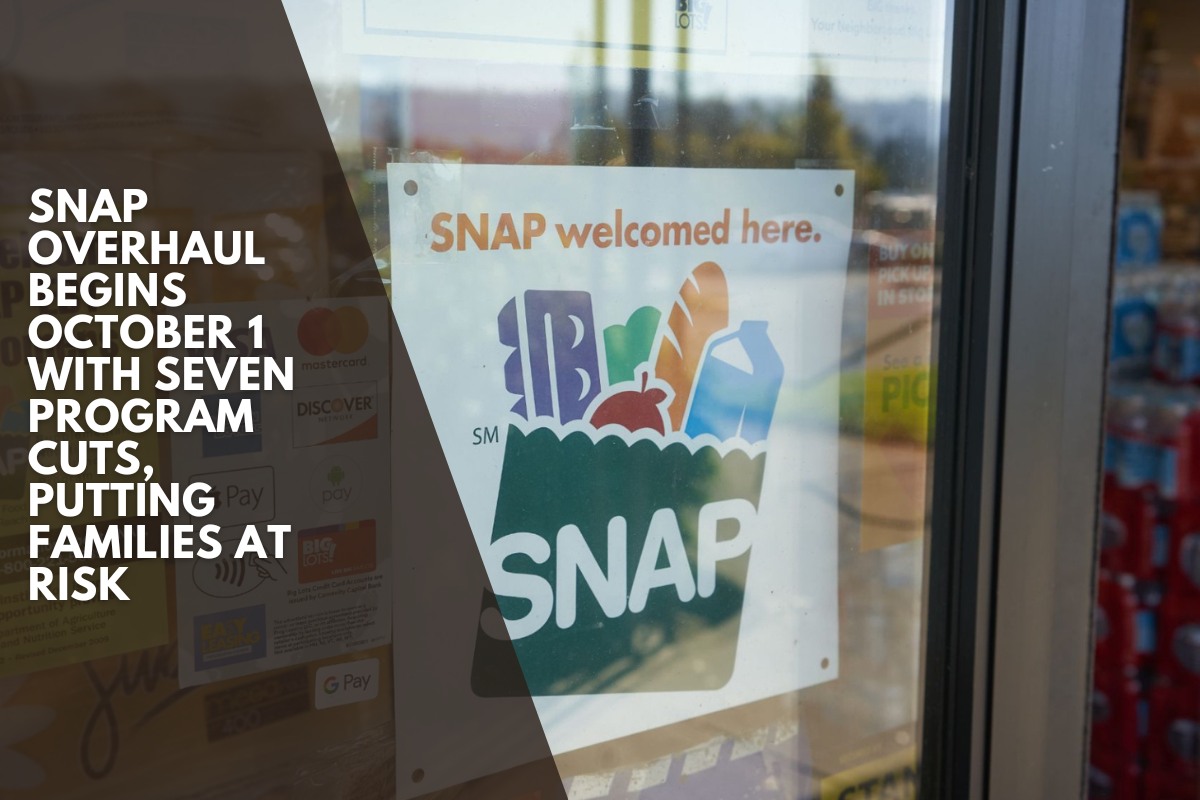Recent cuts to the SNAP program could have a significant impact on the economy of thousands of small businesses in the United States, as many shopkeepers see these changes as a direct threat to their livelihoods and the stability of their communities.
The Supplemental Nutrition Assistance Program (SNAP), also known as food stamps, helps low-income families afford basic food.
It is one of the foundations of food security in the United States, benefiting over 40 million people nationwide.
However, recent decisions to reduce the program’s budget have raised concerns not only among the most vulnerable households, but also in the retail industry.
Small businesses, convenience stores, and local markets rely heavily on purchases made with these benefits, so the new changes could have a significant impact on their economy.
The direct impact on small businesses from SNAP cuts
When a customer pays with SNAP at a local store, they not only ensure their own food security but also help their community’s economy. Convenience stores are frequently the only nearby option for fresh and essential products in neighborhoods with limited access to large supermarkets, also known as food deserts.
Foot traffic is expected to plummet as a result of the cuts, as for family-owned businesses with razor-thin margins, a drop in sales can mean the difference between survival and closure.
A risk for vulnerable communities
The domino effect of SNAP cuts does not only affect grocers; if these stores close, low-income families will lose a nearby source of food, potentially exacerbating nutrition and public health issues.
Experts point out that while large supermarkets will suffer losses, they have more resources to withstand them. Small retailers, on the other hand, are a critical component of the community fabric and are much more vulnerable to a collapse.
What comes next for shopkeepers?
Convenience store owners have begun to band together to seek legislative support and state programs that can offset the effects of the cuts. Some are looking into alternatives, such as expanding their local product offerings or offering their own discounts to keep regular customers.
Nonetheless, uncertainty is high. If austerity measures are maintained, the disappearance of thousands of small businesses could become a reality in the coming years, completely altering the dynamics of entire neighborhoods and communities across the United States.












